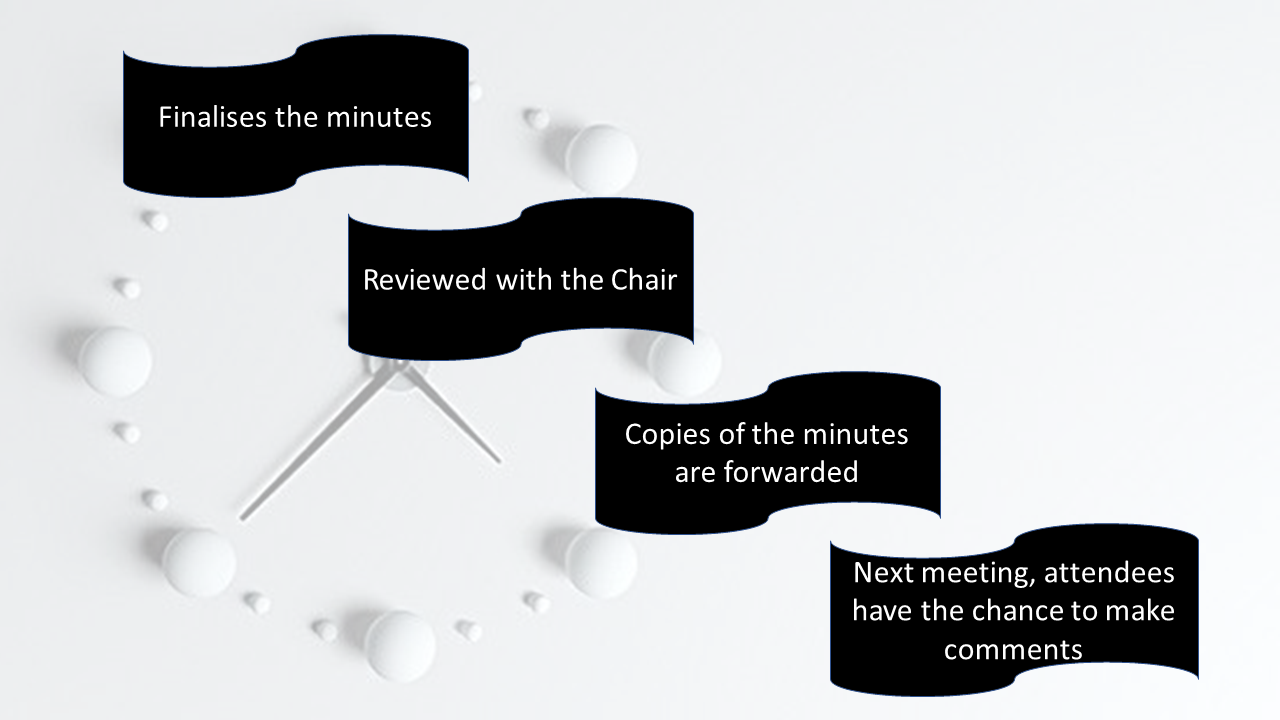Definition
Minutes may be defined as a written record of the business transacted at a meeting. They usually take the form of minutes of narration rather than minutes of resolution.
Institute policy regarding minute taking states that the hand-written manuscript can be destroyed when the minutes have been typed and approved. A mere recording of decisions of a meeting does not give the flavour of the discussion which lead to a decision, therefore, in this case, the manuscript record must not be destroyed.
What Are Good Minutes?
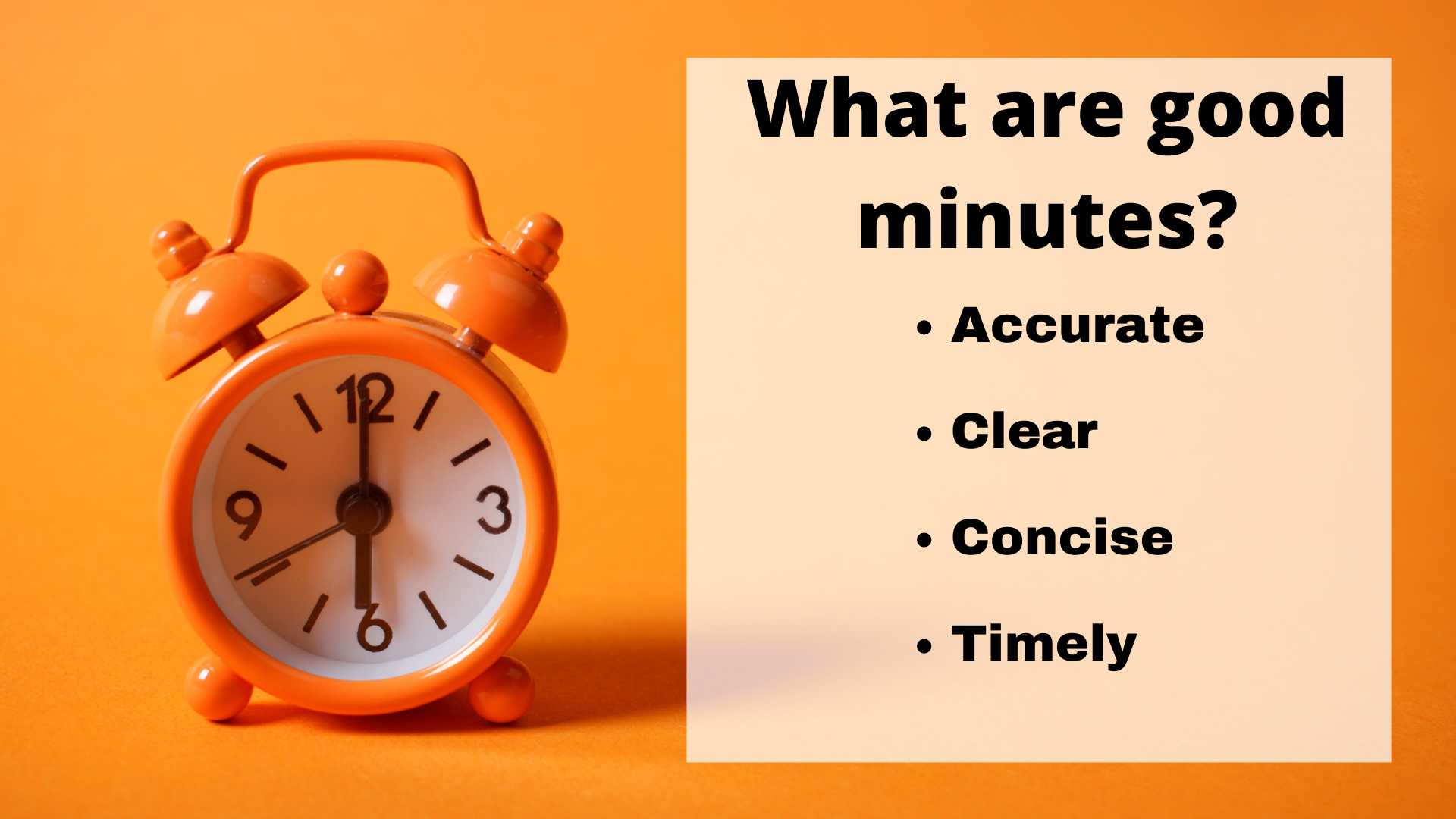
Accurate –The content of the meeting, the topic discussed, and the decisions made are reflected as they were discussed.
Clear – Unless a literal account is required of everything said, the minutes should be a clear, business-like, and fair summary of the discussion and the decisions made.
Concise – The longer the minutes, the smaller the chance they will have any effect after the meeting. A good recorder summarizes the meeting briefly, without diminishing accuracy and clarity.
Timely – Minutes should be presented to all attendees and other concerned parties as soon as possible when the meeting is still fresh in their minds and the motivation to carry out decisions is the greatest.
Contents

Heading:
- name of meeting
- kind of meeting
- location, day, date and start time of the meeting
Names of those present:
- name of the chairperson
- list of those present
- list of those “in attendance” i.e. those who are thereby invited and not as members
- list those who send apologies
Agreement/approval of minutes of the previous meeting.
Details of any documents or papers tabled for consideration by the members, including the title and author of any such documents (generally these documents would be circulated in advance of the meeting to allow the members an opportunity to consider same):
Matters arising
Correspondence
Presentation of reports
Items discussed
Decisions taken
AOB
If there were no further business, then state this and time the meeting concluded.
chairperson's signature: Following approval of minutes at a subsequent meeting they should be signed and dated by the chairperson. (All previous drafts should be destroyed but having regard to any FOI restrictions.)
Alteration to minutes should either be hand written with a notation stating at whose request the alteration was made or subsequent redrafting. This should be done prior to the chairperson signing the minutes.
Date of next meeting.
Taking Minutes
Obtain the meeting agenda, minutes from the last meeting and any background documents to be discussed. Consider using a tape recorder to ensure accuracy. Use whatever recording method is comfortable for you, a notepad, a laptop computer, a tape recorder, a steno pad or shorthand. It might be a good idea to make sound recordings of important meetings as a backup to your notes. If you are an active participant in the meeting, be prepared! Study the issues to be discussed and have your questions ready ahead of time. If you have to concentrate on gasping the issues while you are making your notes, they won’t make any sense to you later.
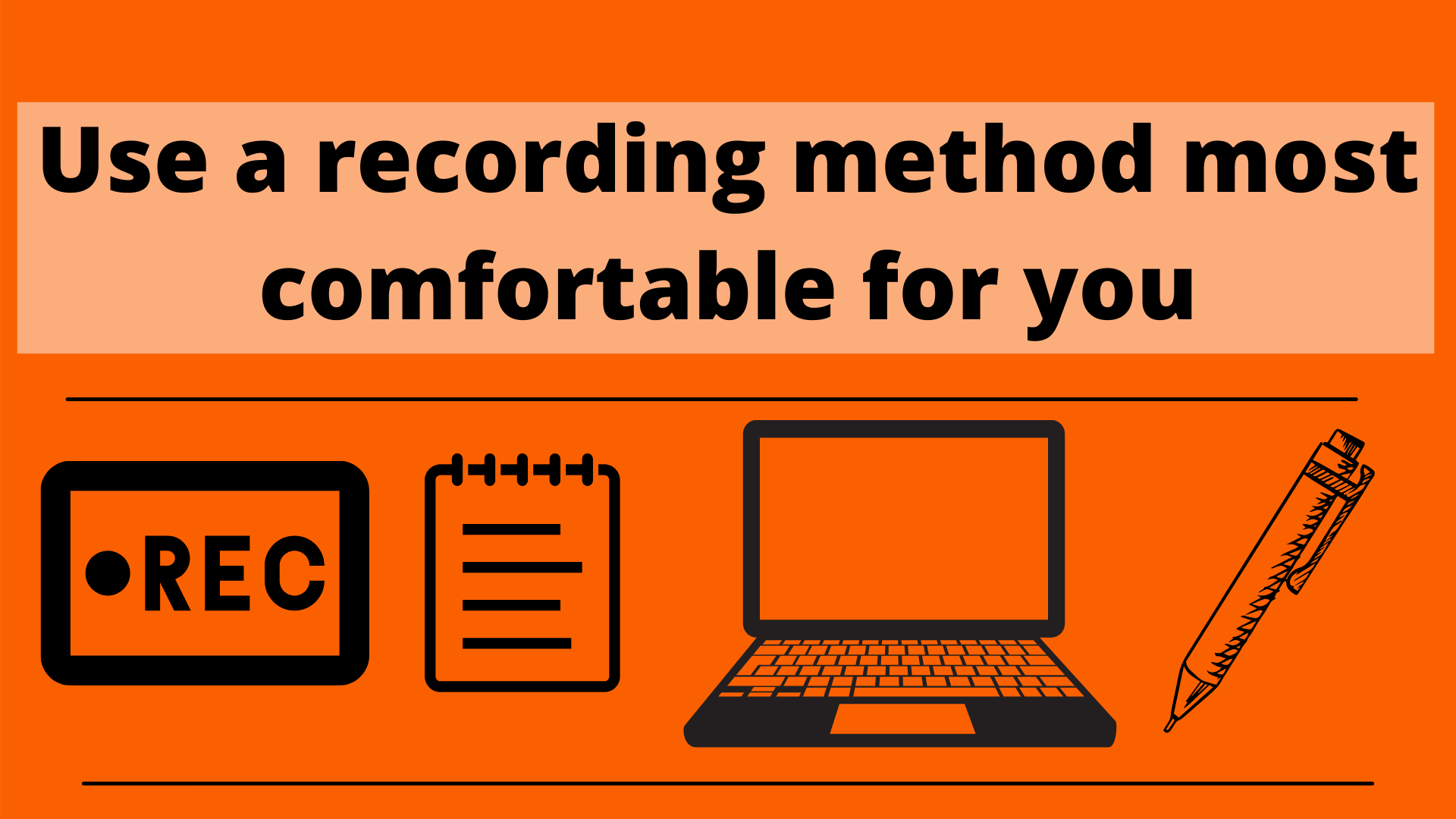
Sit beside the chairperson for convenient clarification or help as the meeting proceeds.
Write “Minutes of the meeting of (exact association name).” Prepare an outline based on the agenda ahead of time, and leave plenty of white space for notes. By having the topics written down, you can jump right on to a new topic without pause.
Record the date, time and place of the meeting.
Circulate a sheet of paper for attendees to sign. (This sheet can also help identify speakers by seating arrangement later in the meeting.) If the meeting is an open one, write down only the names of the attendees who have voting right.
Note who arrives late or leaves early so that these people can be briefed on what they missed.
Write down items in the order in which they are discussed. If item 8 on the agenda is discussed before item 2, keep the old item number but write item 8 in second place.
How to Record Content
Don’t make the mistake of recording every single comment. Concentrate on getting the gist of the discussion and taking enough notes to summarise it later. Think in terms of issues discussed, major points and decisions taken. It is advisable to record all necessary information and no more; i.e. the relevant business considered, facts noted, the decision taken and its rational. Your recorded notes should focus on points made for and against a proposal or idea and the reasons to support these points. When recording an item, discussion should be recorded in a manner that gives a precise account of the proceedings of the meetings. Minutes must give the flavour of the discussion which led to a decision being reached. Record points, not people. The minute-taker’s focus is on the ideas, arguments and facts being presented.
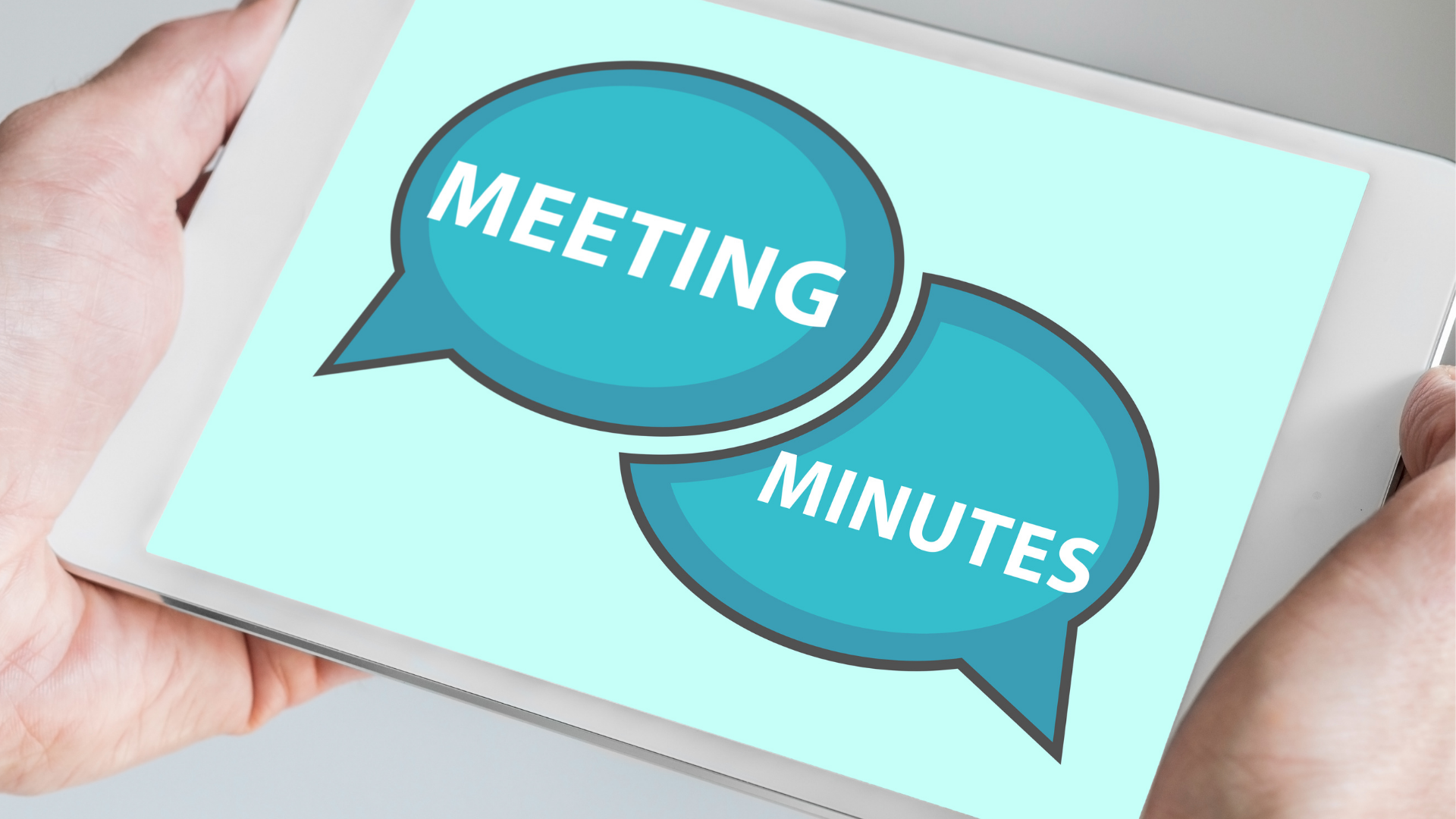
An account of views expressed by each person making a contribution to the discussion should be recorded. While the minutes may summarise the contributions made, any summary should accurately reflect the substance of the contributions made. Where a member specifically requests that their contributions be minuted e.g. where disagreement arises, particular care should be taken to ensure that the minutes accurately reflect the contribution (s) made.
It is essential to record the decision made and the person who has responsibility for carrying out that decision. The minutes ideally should record the discussion in such a way that a reader can understand the reasoning behind the decision made by that committee and where alternatives were suggested why these were regarded as unsuitable by the members.
Record the motions made and the names of people who originate them.
Record whether motions are adopted or rejected, how the vote is taken (by show of hands, voice or other method) and whether the vote is unanimous. For small meetings, write the names of the attendees who approve, oppose and abstain from each motion.
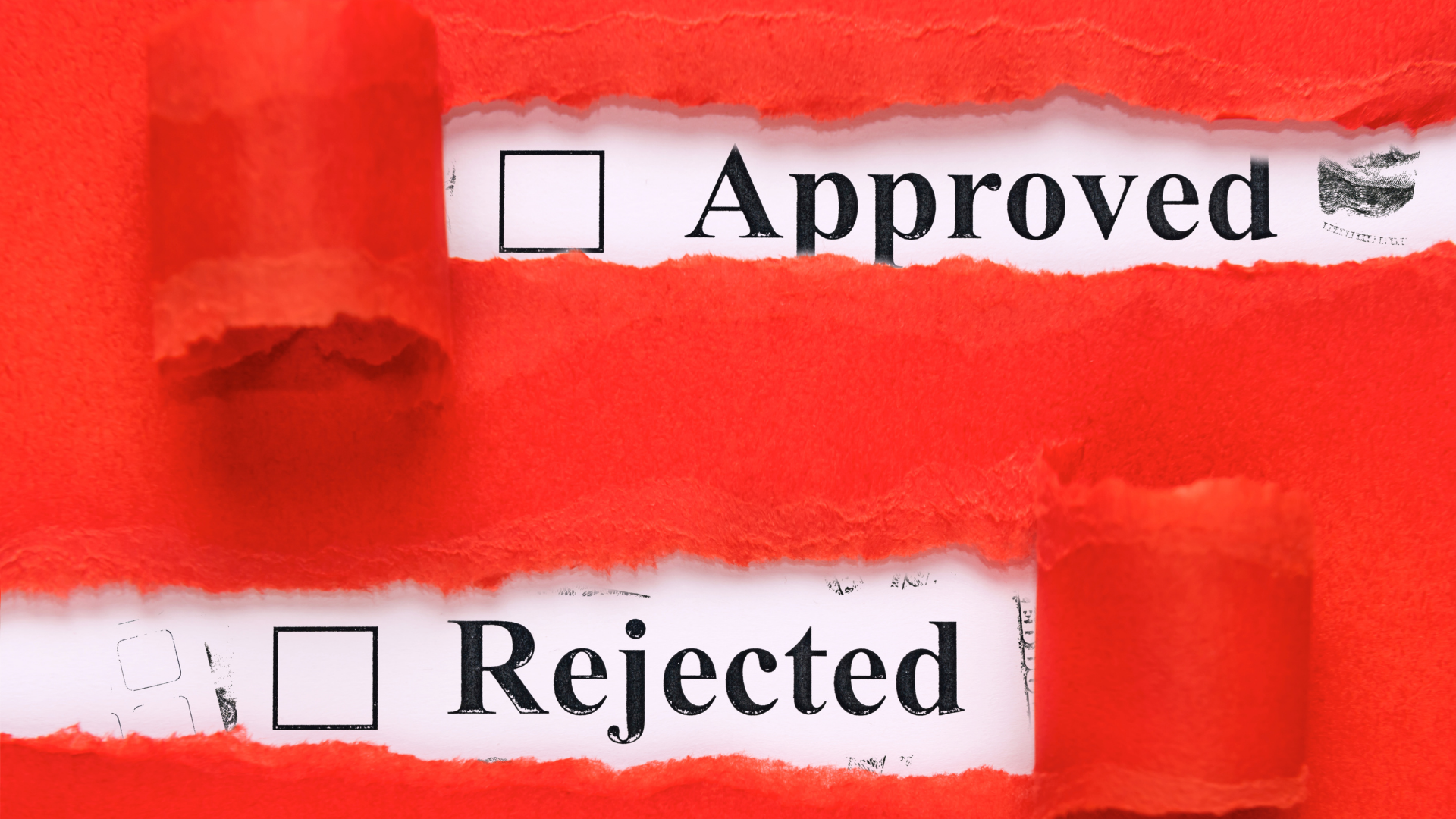
Minutes should be written so that they are complete and in sufficient detail to enable a person who was not present at the meeting to fully understand what business was transacted.
What Happens After the Meeting?
The recorder finalises the minutes as soon as possible.
Usually the minutes are then reviewed with the chairperson.
After approval by the chairperson, copies of the minutes are forwarded to the attendees and other concerned parties.
During the next meeting, attendees have the chance to make comments on or request changes in the minutes. If agreement is reached, the minutes are approved and usually signed by the chairperson and second person.
